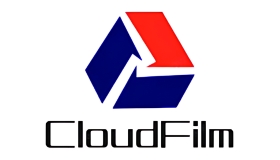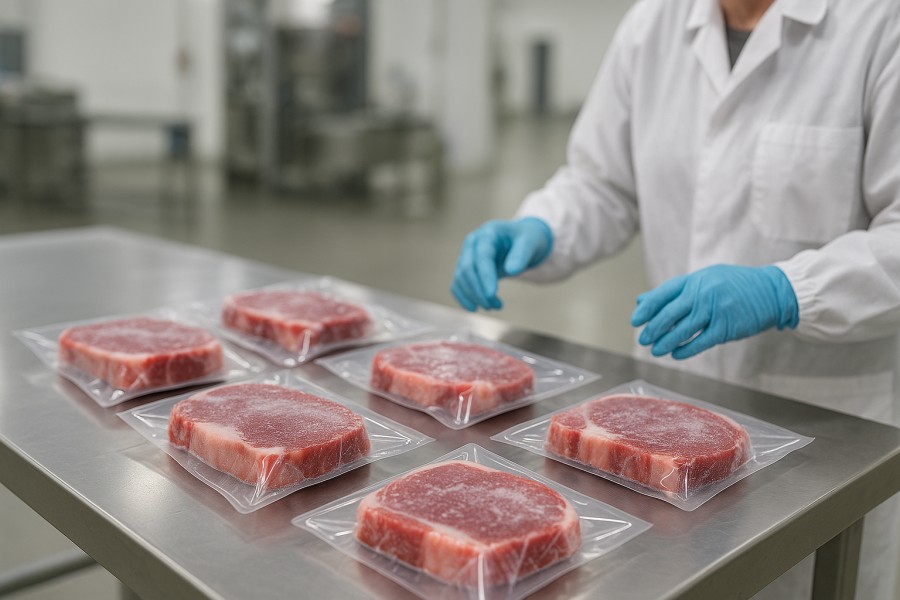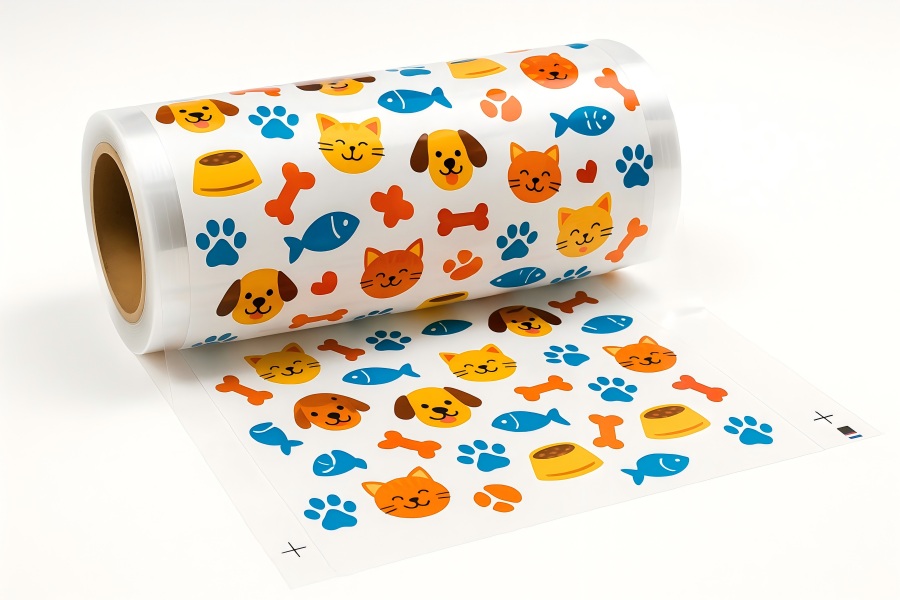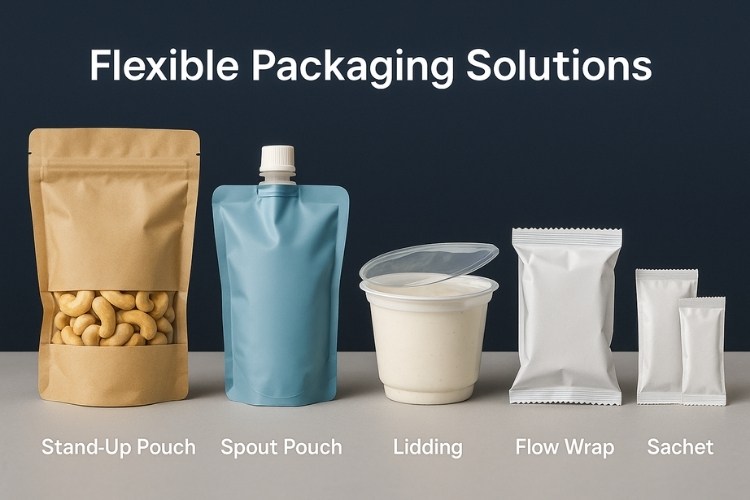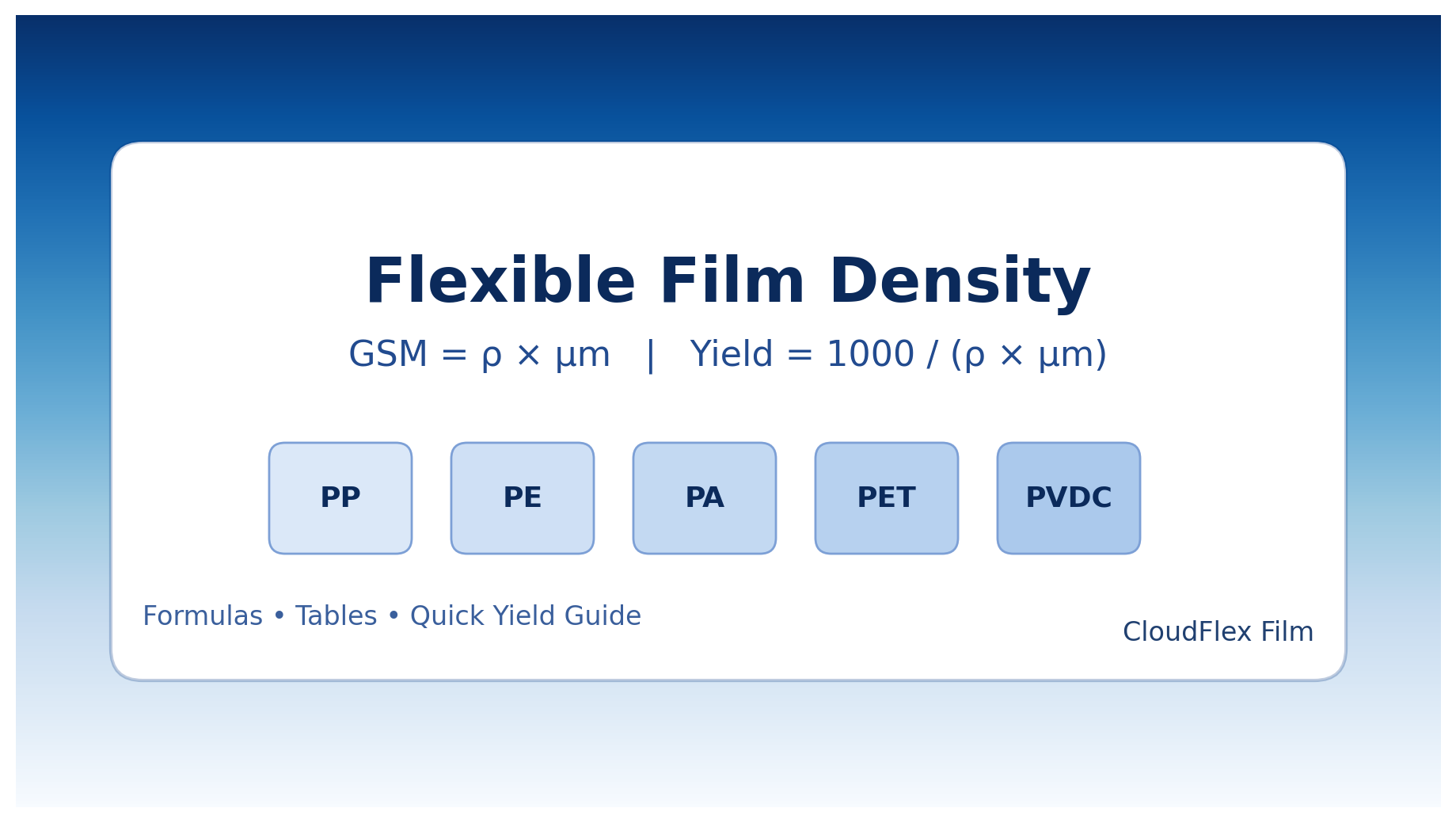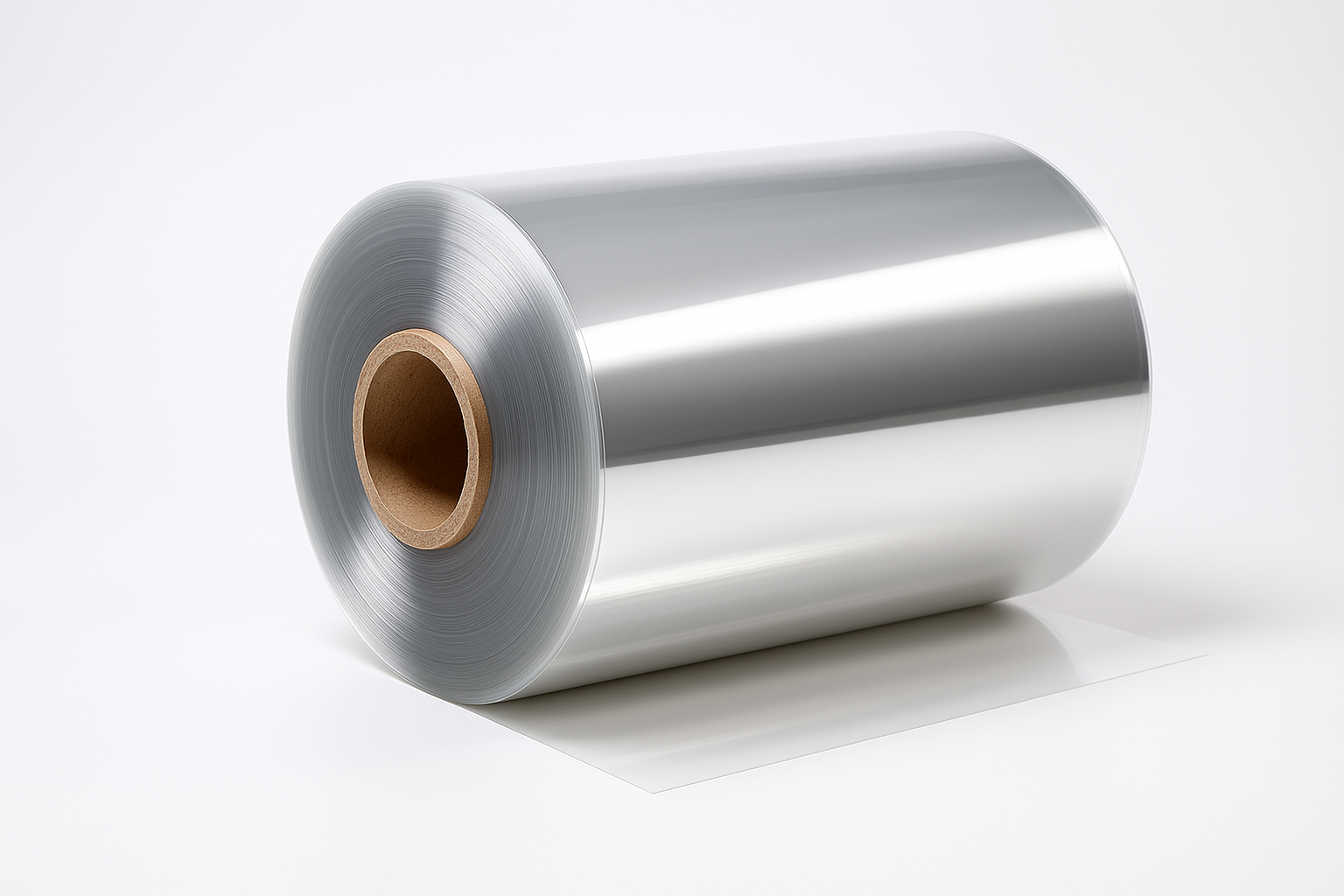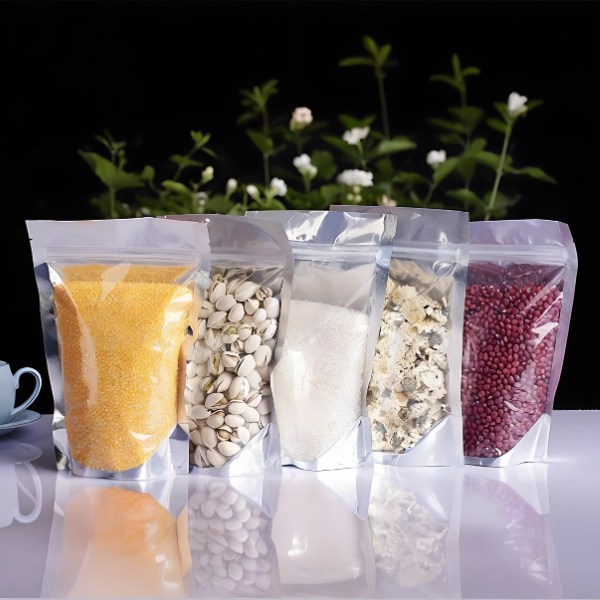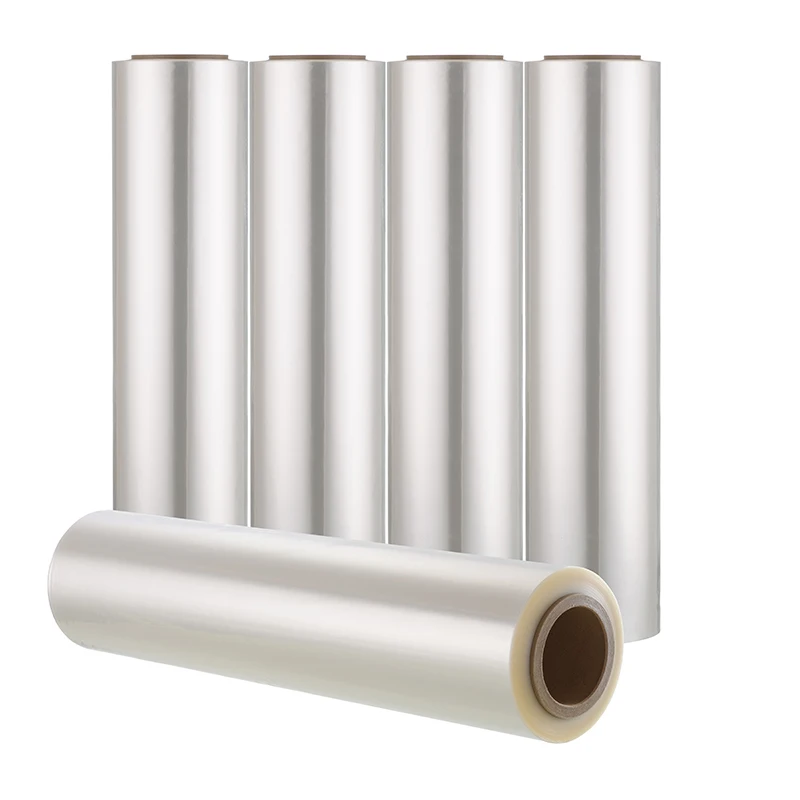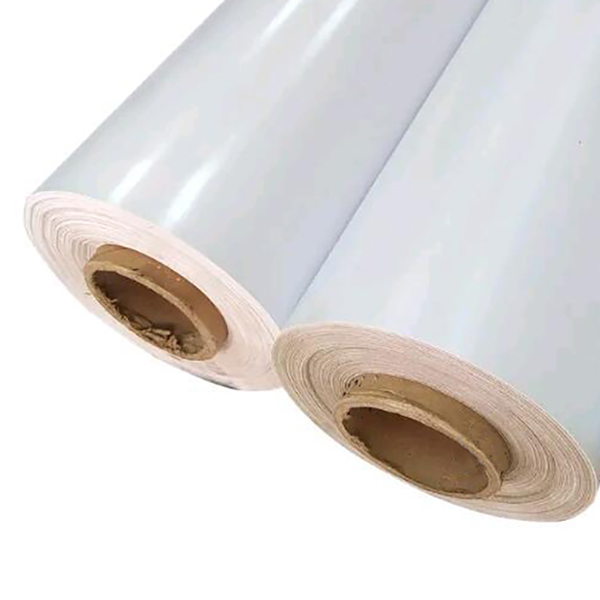Introduction
You’ve typed “pcr packaging” into your search bar. But what are you really looking for? Are you a product manager under pressure to make your brand more sustainable? A procurement specialist tasked with finding a reliable supplier? Or perhaps a curious consumer wanting to make better choices?
Whatever your role, your search reflects a growing imperative in business: the need for authentic, practical environmental solutions. PCR packaging isn’t just a buzzword; it’s a tangible answer.
We’ll explain what PCR is, explore its pros and cons, guide you on selecting materials, and introduce you to how CloudFilm can be your ideal partner in this journey.
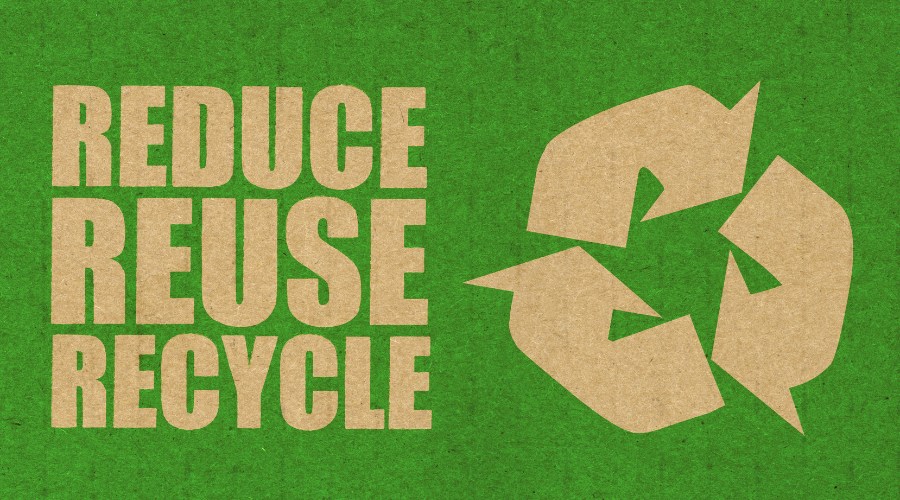
What Exactly is PCR Packaging?
Let’s clear up the confusion first. In packaging, PCR has nothing to do with medical tests. It stands for Post-Consumer Recycled material.
-
Post-Consumer means the material comes from items that consumers have used and recycled through curbside bins or return programs—like a washed-out water bottle or a detergent jug. This is distinct from PIR (Post-Industrial Recycled) material, which is scrap generated during the manufacturing process (e.g., trimmings from a factory floor).
-
Recycled means this collected material is processed, cleaned, and transformed into new raw materials, ready to be made into new packaging.
So, PCR packaging is a circular solution. It gives a second life to plastic that has already served its purpose, reducing the demand for virgin fossil fuels and diverting waste from landfills and oceans.
Why the Hype? The Compelling Benefits of PCR Packaging
The drive towards PCR is fueled by powerful benefits for the planet, consumers, and your brand’s bottom line.
-
Environmental Champion: This is the core benefit. Using PCR directly reduces plastic waste and conserves natural resources. It requires less energy and water to process recycled materials than to create virgin plastic from scratch, significantly lowering your carbon footprint.
-
Meets Consumer Demand: Modern shoppers, especially Millennials and Gen Z, actively seek out sustainable brands. Packaging made from recycled content is a visible, tangible signal that your company shares their values. This builds trust and fosters brand loyalty.
-
Enhanced Brand Image & Storytelling: PCR packaging isn’t just a container; it’s a communication tool. It allows you to tell a powerful story about your commitment to the planet. Marking your packaging with a “Made from 100% PCR” logo is a badge of honor.
-
Compliance with Regulations: Governments worldwide are enacting Extended Producer Responsibility (EPR) laws and mandatory recycled content requirements. Integrating PCR now future-proofs your business against upcoming regulations.
Navigating the Challenges: A Realistic Look
While excellent, PCR isn’t without its considerations. Informed sourcing means understanding these aspects.
-
Availability & Consistency: Securing a consistent, high-volume supply of high-quality PCR material can be challenging, though the market is rapidly growing.
-
Color & Clarity: PCR resin often has a slight grey or tinted hue. Achieving crystal-clear transparency or pure, bright white colors can be difficult. Many brands embrace this “earthy” aesthetic as a mark of authenticity.
-
Technical Performance: Depending on the source and processing, PCR materials can have variations in viscosity and performance. Working with an expert packaging partner is crucial to ensure it runs smoothly on your filling lines and protects your product effectively.
-
Cost: Currently, due to processing costs and demand, high-quality PCR can be more expensive than virgin plastic. However, this is increasingly viewed as an investment in sustainability and brand equity.
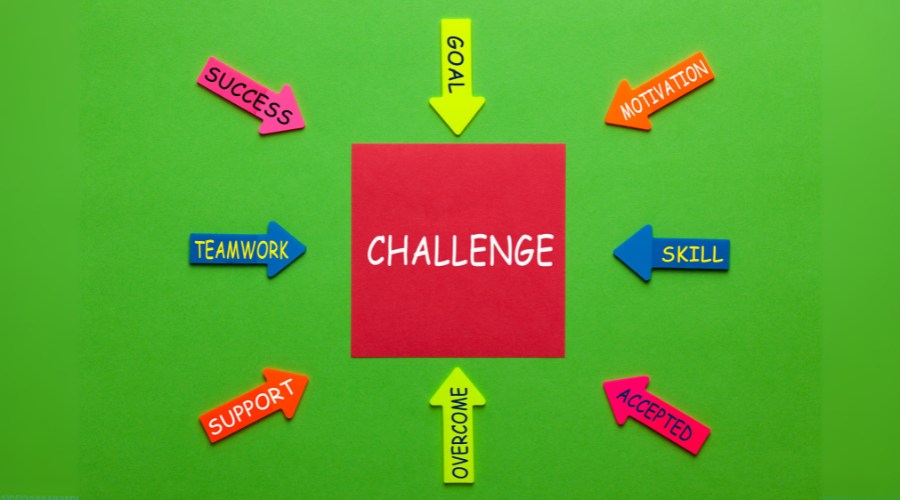
A Quick Guide to Common PCR Materials
Not all plastics are recycled equally. Here’s a table breaking down the most common types of PCR packaging materials.
| PCR Material Type | Common Applications | Key Characteristics & Considerations |
|---|---|---|
| PET (Polyethylene Terephthalate) | Water & soda bottles, food containers, personal care bottles, plastic films | Excellent clarity (though often slightly tinted), strong barrier properties. Most widely recycled plastic. |
| HDPE (High-Density Polyethylene) | Milk jugs, detergent bottles, shampoo bottles | Opaque, durable, and chemical-resistant. Easily colored. A workhorse for non-food applications. |
| PP (Polypropylene) | Yogurt containers, bottle caps, syrup bottles, plastic films | Good chemical resistance, durable, and versatile. Can be flexible or rigid. |
| LDPE (Low-Density Polyethylene) | Squeeze bottles, plastic films, bags | Flexible and tough. Commonly used for films and flexible packaging applications. |
FAQs: Your Questions About PCR Packaging, Answered
Q: Is PCR packaging safe for food contact?
A: Yes, absolutely. High-quality PCR processed through rigorous cleaning and super-cleaning systems can be certified for direct food contact. Always request certification from your supplier.
Q: How is the percentage of PCR content calculated?
A: The percentage is calculated by weight. For example, a bottle labeled “50% PCR” means that half of the plastic weight in that bottle comes from certified post-consumer recycled sources.
Q: Can PCR packaging be recycled again?
A: Yes! PCR packaging is part of the circular economy. It is designed to be recycled again after use, continuing the loop and further reducing waste.
Q: Does using PCR plastic compromise the quality of my product?
A: Not when you work with a reputable supplier. They will ensure the PCR material is formulated to meet the required strength, durability, and performance specifications for your specific product.
Your Next Step: Partnering with the Right PCR Supplier
Choosing a supplier is the most critical step. You need a partner, not just a vendor. Look for:
-
Proven Expertise & Quality: A robust supply chain for consistent PCR material.
-
Technical Support: Ability to help you design, test, and transition to PCR seamlessly.
Introducing CloudFilm: Your Vision, Packaged Sustainably

Your search for a reliable, innovative, and sustainable PCR packaging partner ends here. At CloudFilm, we turn your environmental commitments into tangible reality. We specialize in high-quality, custom-designed PCR flexible packaging solutions that protect your product, captivate your customers, and protect our planet.
Our technical experts guide you through every step—from material selection and structural design to ensuring flawless production runs, helping you tell an authentic sustainability story that resonates.
Ready to make the switch? Contact CloudFilm today for a consultation and see how we can help you achieve your packaging goals beautifully and responsibly.
